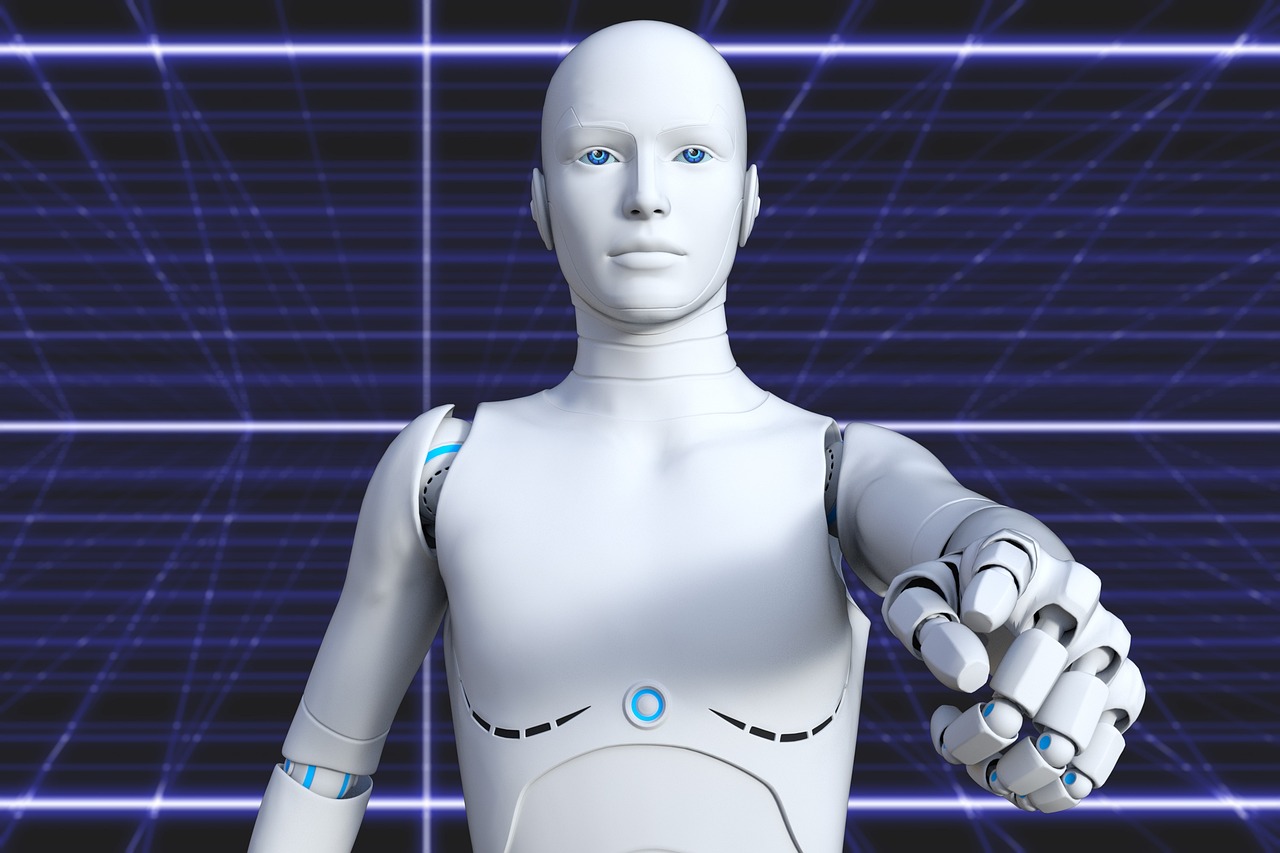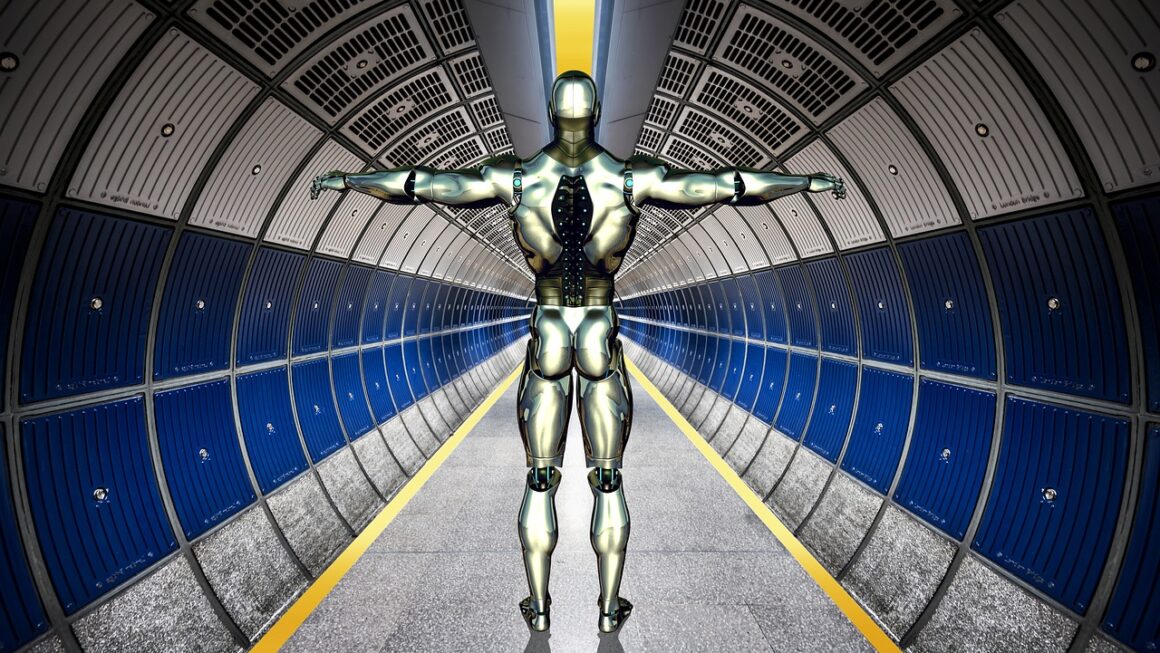Machine learning (ML) has rapidly transformed from a futuristic concept into a practical tool reshaping industries and daily life. From personalized recommendations on streaming services to fraud detection in financial transactions, ML algorithms are the engine behind many modern technologies. This blog post will dive into the world of machine learning algorithms, exploring different types, their practical applications, and how they are utilized to solve complex problems. Understanding these algorithms is crucial for anyone looking to leverage the power of data in today’s data-driven world.
What are Machine Learning Algorithms?
Machine learning algorithms are sets of instructions that enable computers to learn from data without explicit programming. Instead of being explicitly told how to perform a task, these algorithms identify patterns, make predictions, and improve their performance over time as they are exposed to more data. The core idea is to enable machines to learn and make decisions like humans do, but at a much faster and larger scale.
Types of Machine Learning
Machine learning algorithms can be broadly categorized into three main types: supervised learning, unsupervised learning, and reinforcement learning.
- Supervised Learning: In supervised learning, the algorithm is trained on a labeled dataset, meaning the input data is paired with the correct output. The algorithm learns to map inputs to outputs, allowing it to predict the output for new, unseen inputs. Examples include predicting house prices based on features like size and location or classifying emails as spam or not spam.
- Unsupervised Learning: Unsupervised learning deals with unlabeled data, where the algorithm must find patterns and structures without any prior knowledge of the correct outputs. This type of learning is often used for tasks like clustering customers into different segments or reducing the dimensionality of data for visualization.
- Reinforcement Learning: Reinforcement learning involves an agent learning to make decisions in an environment to maximize a reward. The agent receives feedback in the form of rewards or penalties for its actions and adjusts its strategy accordingly. This is commonly used in robotics, game playing, and recommendation systems.
Key Concepts in Machine Learning
Understanding the fundamentals of machine learning is essential for choosing and implementing the right algorithms.
- Features: Features are the individual measurable properties or characteristics of the data that are used as inputs to the algorithm. For example, in predicting customer churn, features might include the customer’s age, location, usage patterns, and account balance.
- Model: A model is a mathematical representation of the patterns and relationships learned from the data. It’s the output of a training process, ready to be used for making predictions or classifications on new data.
- Training Data: The data used to train the machine learning algorithm. This data is crucial for teaching the model to identify patterns and make accurate predictions.
- Testing Data: The data used to evaluate the performance of the trained model. This data is separate from the training data and is used to assess how well the model generalizes to new, unseen data.
- Bias and Variance: Bias refers to the error introduced by approximating a real-world problem, which is too complex, by a simplified model. Variance refers to the sensitivity of the model to small fluctuations in the training data. Striking the right balance between bias and variance is crucial for creating a robust and accurate model.
Common Supervised Learning Algorithms
Supervised learning algorithms are widely used for predictive modeling and classification tasks. Here are some of the most common and powerful algorithms:
Linear Regression
Linear Regression is a fundamental algorithm used to predict a continuous target variable based on one or more predictor variables. It assumes a linear relationship between the input features and the output variable.
- How it Works: Linear regression finds the best-fitting line (or hyperplane in higher dimensions) that minimizes the sum of squared differences between the predicted values and the actual values.
- Example: Predicting house prices based on size, location, and number of bedrooms.
Logistic Regression
Despite its name, Logistic Regression is a classification algorithm used to predict the probability of a binary outcome (e.g., 0 or 1, yes or no).
- How it Works: Logistic regression uses a sigmoid function to transform the linear combination of input features into a probability between 0 and 1.
- Example: Predicting whether a customer will click on an ad based on their demographics and browsing history.
Decision Trees
Decision Trees are non-parametric algorithms that partition the feature space into a series of rectangular regions, with each region assigned to a specific class or value.
- How it Works: Decision trees recursively split the data based on the values of the input features, creating a tree-like structure where each internal node represents a decision rule and each leaf node represents a predicted outcome.
- Example: Predicting whether a loan application will be approved based on factors like credit score, income, and employment history.
Support Vector Machines (SVM)
Support Vector Machines (SVM) are powerful algorithms used for both classification and regression tasks. They aim to find the optimal hyperplane that separates data points belonging to different classes with the largest possible margin.
- How it Works: SVM identifies support vectors (the data points closest to the decision boundary) and maximizes the margin between the classes.
- Example: Classifying images of cats and dogs based on pixel features.
K-Nearest Neighbors (KNN)
K-Nearest Neighbors (KNN) is a simple yet effective algorithm that classifies a new data point based on the majority class of its k-nearest neighbors in the feature space.
- How it Works: KNN calculates the distance between the new data point and all other data points in the training set and assigns the class label of the majority of its k-nearest neighbors.
- Example: Recommending movies based on the movies watched by similar users.
Unsupervised Learning Algorithms in Practice
Unsupervised learning algorithms are essential for discovering hidden patterns and structures in unlabeled data.
Clustering
Clustering algorithms group similar data points together into clusters based on their features.
- K-Means Clustering: Divides data into k distinct clusters, where each data point belongs to the cluster with the nearest mean (centroid). A common use is customer segmentation.
Example: Segmenting customers into different groups based on their purchasing behavior.
- Hierarchical Clustering: Builds a hierarchy of clusters, starting with each data point as a separate cluster and merging the closest clusters iteratively. Useful for uncovering underlying relationships within data.
Example: Grouping documents based on their content and creating a hierarchical taxonomy.
Dimensionality Reduction
Dimensionality reduction techniques reduce the number of features in a dataset while preserving its essential information.
- Principal Component Analysis (PCA): Transforms the original features into a set of uncorrelated principal components that capture the maximum variance in the data. Used for simplifying complex datasets and improving model performance.
Example: Reducing the number of features in an image dataset while preserving its visual information.
- T-Distributed Stochastic Neighbor Embedding (t-SNE): Reduces the dimensionality of data while preserving the local structure of the data points, making it ideal for visualizing high-dimensional data in lower dimensions.
Example: Visualizing the structure of a dataset with thousands of features in a 2D or 3D plot.
Reinforcement Learning: Learning Through Interaction
Reinforcement learning (RL) is a type of machine learning where an agent learns to make decisions in an environment to maximize a cumulative reward.
Key Components of Reinforcement Learning
- Agent: The learner that interacts with the environment and makes decisions.
- Environment: The world in which the agent operates and receives feedback.
- Actions: The choices that the agent can make in the environment.
- Rewards: The feedback signal that the agent receives from the environment, indicating the desirability of an action.
- Policy: The strategy that the agent uses to choose actions based on the current state of the environment.
Common Reinforcement Learning Algorithms
- Q-Learning: An algorithm that learns the optimal Q-value, which represents the expected cumulative reward for taking a specific action in a given state.
- SARSA (State-Action-Reward-State-Action): An on-policy algorithm that updates the Q-value based on the action that the agent actually takes.
- Deep Q-Network (DQN): An algorithm that uses a deep neural network to approximate the Q-value function, enabling RL to be applied to complex, high-dimensional environments.
Applications of Reinforcement Learning
- Game Playing: Training agents to play games like chess, Go, and video games at a superhuman level.
- Robotics: Controlling robots to perform tasks like navigation, manipulation, and assembly.
- Recommendation Systems: Personalizing recommendations based on user interactions and feedback.
Conclusion
Machine learning algorithms are a powerful tool for solving complex problems and extracting valuable insights from data. By understanding the different types of algorithms, their strengths and weaknesses, and their practical applications, you can leverage the power of machine learning to drive innovation and improve decision-making in your organization. Whether you’re predicting customer churn, segmenting markets, or optimizing business processes, machine learning can provide a competitive edge in today’s data-driven world. As the field continues to evolve, staying updated on the latest algorithms and techniques is essential for harnessing the full potential of machine learning.




